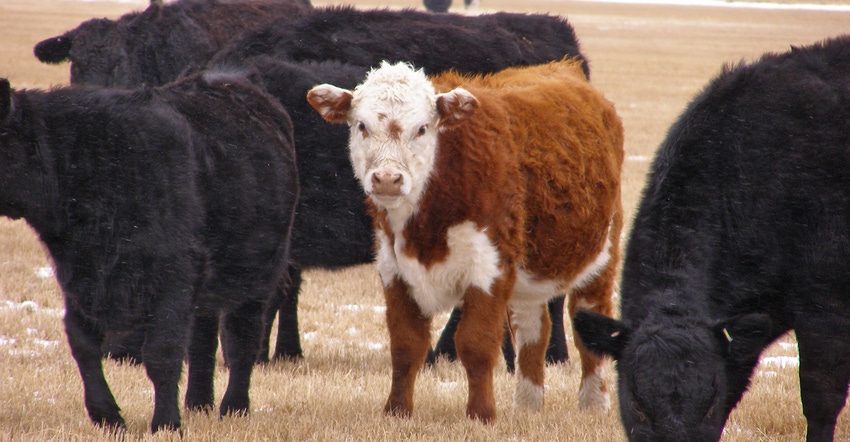March 27, 2017

It’s no secret that getting into ranch and farm ownership is incredibly difficult without coming to the table with deep pockets.
Though the USDA and states like Wyoming offer beginning farmer and rancher loans, the programs typically fall far short in helping young people who want land they can call both home and business, says a long-time Wyoming ranch broker who hopes that state and federal ag leaders continue to work together to address this issue.
“We continue to have young people come to us trying to buy a ranch, but you just can’t buy a place and expect it to service the debt,” says James Rinehart, a partner in Laramie, Wyo.-based Western United Realty.
One recent sale is a good example. The southeast Wyoming ranch, which has a carrying capacity of 120 mother cows, was purchased by a young couple starting out. But without strong financial backing from their family, they could not have made the deal work with their own cash coupled solely with financing from a private lender.
“We had numerous people who tried to buy the ranch contingent on financing, but you can’t finance ranches like this,” Rinehart says. “The ranches will not cover the interest payments.”
He is pleased that USDA and states like Wyoming are trying to assist beginning ag producers, but more needs to be done to truly solve the problem.
Program at work
In 2009, the state of Wyoming initiated the Beginning Agricultural Producer loan program, which is intended to help beginning farmers and ranchers get into a production agriculture business.
“This has been a great tool for many families looking into succession planning, or aging ranchers looking to transition to a younger working rancher,” Rinehart says. “I emphasize, however, that it has not been very successful for beginning ranchers pursuing properties on the open market.”
The bulk of ranches advertised for sale in Wyoming and many other Western states are priced with a recreational component, and most offer substantially inadequate returns when it comes to livestock.
“They certainly will not service any kind of debt load,” Rinehart says. “Thus, programs like those offered through USDA and Wyoming are more suited for second- and third-generation buyers of the family ranch, provided they meet the application requirements.”
Concerning the Wyoming loan program, he adds, “The state requires a contract for purchase be in place prior to submitting the application. This creates a complicated situation for a ranch seller having the ranch ‘under contract’ for six months and deterring potential cash buyers, while the seller waits for word on whether their ranch will sell or not. The ranch real estate market does not function well under those conditions.”
Waggener writes from Laramie, Wyo.
About the Author(s)
You May Also Like




